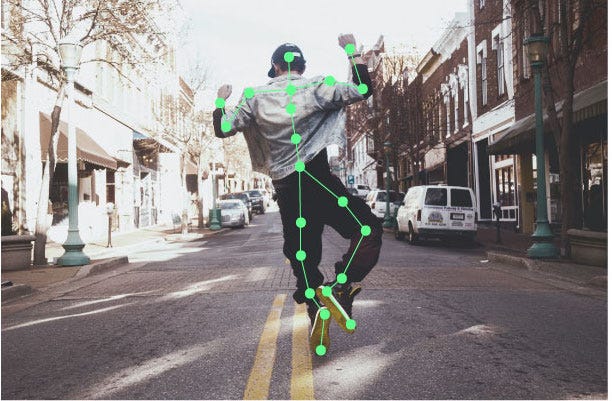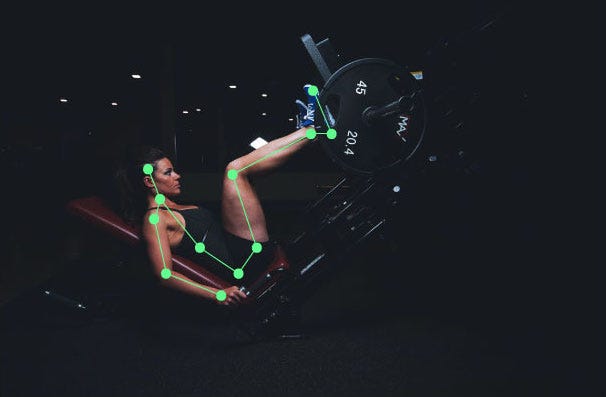Data Annotation Market Size
The global data annotation market was valued at US$ 695.5 million in 2019 and is projected to reach US$ 6.45 billion by 2027, according to Research And Markets’s report. Expected to grow at a CAGR of 32.54% from 2020 to 2027, the booming data annotation market is witnessing tremendous growth in the forthcoming future.
The data annotation industry is driven by the increasing growth of the AI industry.
Data Annotation Process is Tough
Unlabeled raw data is around us everywhere, such as emails, documents, photos, presentation videos, and speech recordings. The majority of machine learning algorithms today need labeled data in order to learn and get trained by themselves. Data labeling is the process in which annotators manually tag various types of data such as text, video, images, audio via computers or smartphones. Once finished, the manually labeled dataset is fed into a machine-learning algorithm to train an AI model.
However, data annotation itself is a laborious and time-consuming process. There are two choices to do data labeling projects. One way is to do it in-house, which means the company builds or buys labeling tools and hires an in-house labeling team. The other way is to outsource the work to renowned data labeling companies like Appen, Lionbridge.
The booming data annotation market has also stimulated multiple novel players to secure a niche position in the competition. For example, Playment, a data labeling platform for AI, has teamed up with Ouster, a leading LiDAR sensors provider, known for the annotation and calibration of 3D imagery in 2018.
Flexibility is the Key Advantage in Data Labeling Loop
As the high-quality standard, data security, scalability are the most important measurements in labeling service, we may have a look at the rest competitive parts, for example, flexibility and customer service.
In machine learning, in each round of testing, engineers would discover new possibilities to perfect the model performance, therefore, the workflow changes constantly. There are uncertainty and variability in data labeling. The clients need workers who can respond quickly and make changes in workflow, based on the model testing and validation phase.
Therefore, more engagement and control of the labeling loop for clients would be a key competitive advantage as it provides flexible solutions.
Solution
ByteBridge, a human-powered data labeling tooling platform with real-time workflow management, providing flexible data training service for the machine learning industry.
On ByteBridge’s dashboard, developers can define and start the data labeling projects and get the results back instantly. Clients can set labeling rules directly on the dashboard. In addition, clients can iterate data features, attributes, and workflow, scale up or down, make changes based on what they are learning about the model’s performance in each step of test and validation.
As a fully-managed platform, it enables developers to manage and monitor the overall data labeling process and provides API or data transfer. The platform also allows users to get involved in the QC process.
End
“High-quality data is the fuel that keeps the AI engine running smoothly and the machine learning community can’t get enough of it. The more accurate annotation is, the better algorithm performance will be.” said Brian Cheong, founder, and CEO of ByteBridge.
Designed to empower AI and ML industry, ByteBridge promises to usher in a new era for data labeling and accelerates the advent of the smart AI future.














